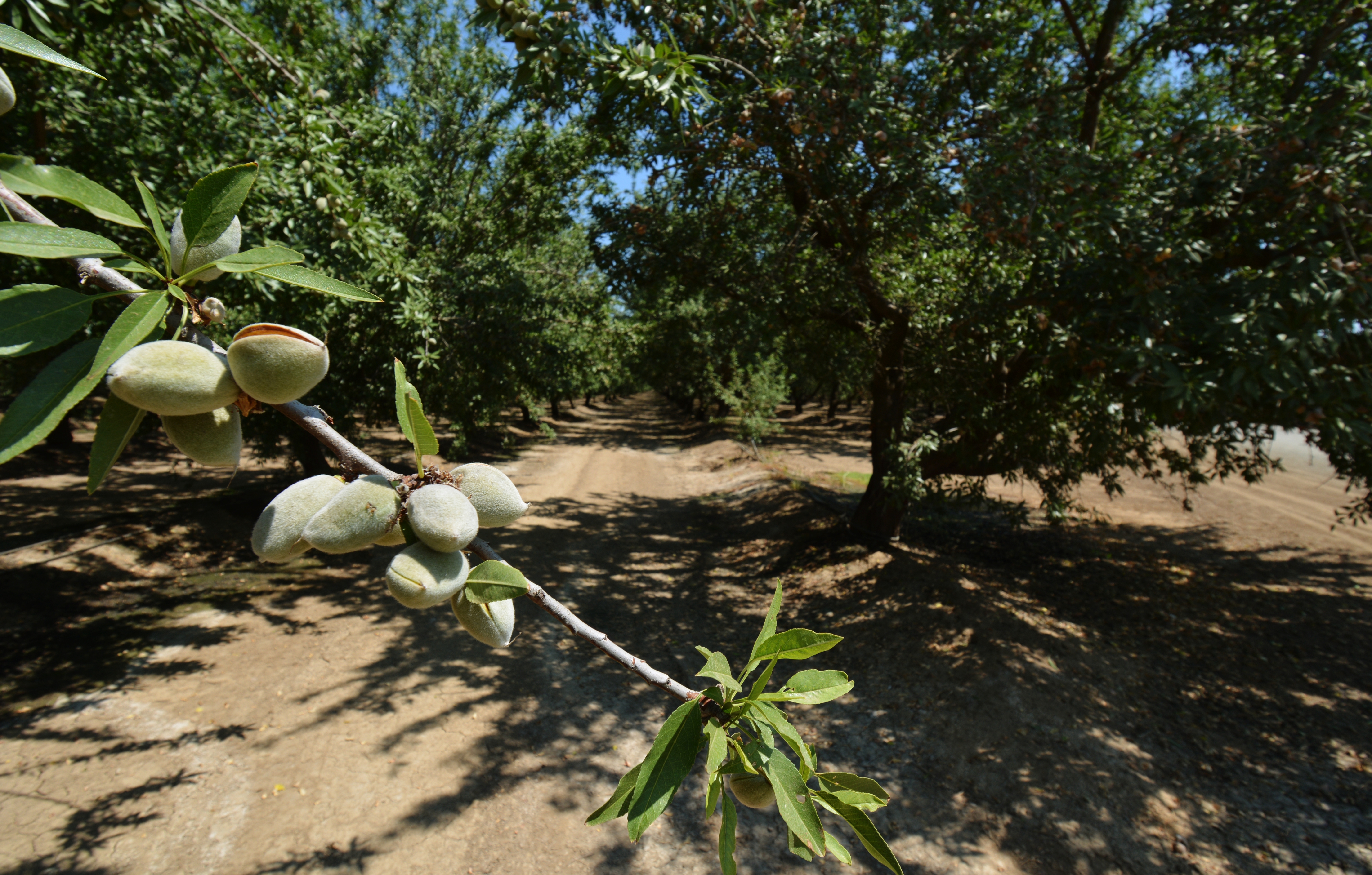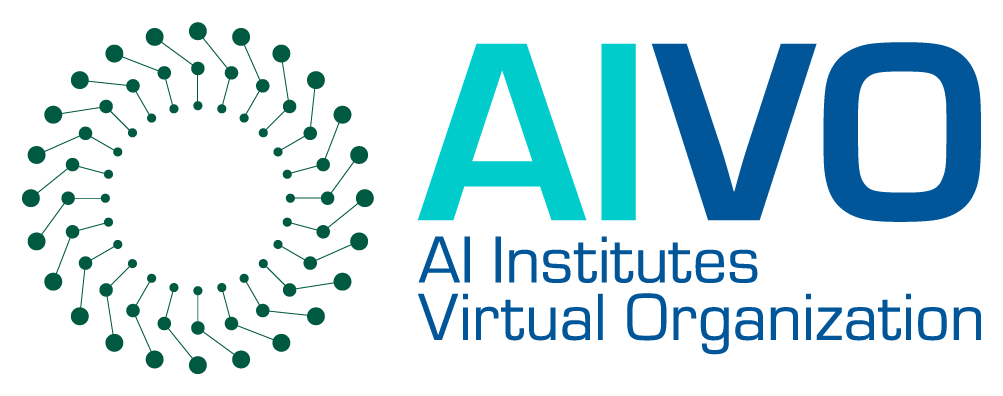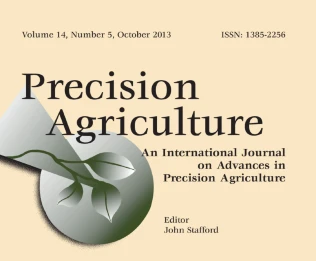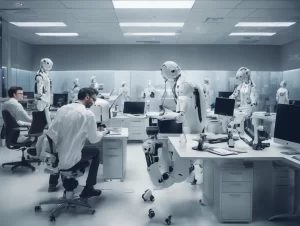3D Radiative Transfer Modeling of Almond Canopy for Nitrogen Estimation by Hyperspectral Imaging

A new paper on work that was partially supported by USDA AFRI Competitive Grant no. 2020-67021-32855, which was awarded to the AI Institute for Next Generation Food Systems (AIFS), was recently published in Precision Agriculture.
The research was conducted at the Digital Agriculture Lab at the University of California, Davis (UCD), which is run by paper co-author, Alireza Pourreza, Associate Professor, Department of Biological and Agricultural Engineering, UCD.
Precision agriculture has as one of its goals, the reduction of unnecessary inputs such as nitrogen fertilizer. Modeling nitrogen requirements via nitrogen detection at the orchard canopy level is a difficult problem. AIFS researchers have found that physics-informed 3D radiative transfer models are effective predictors of nitrogen needs in building these models. This is a breakthrough in precision agriculture, which can result in less nitrogen runoff, in addition to cost savings.
Abstract:
“Nitrogen (N) is vital for plant growth, but its imbalance can negatively affect crop yields, the environment, and water quality. This is especially crucial for California’s almond orchards, which are the most N-hungry nut crop and require substantial N for high productivity. The current practices of uniform and extensive N application lead to N leaching into the groundwater, creating environmental hazards. Traditional remote sensing methods often rely on data-driven approaches that work well statistically (achieving a high R2 value) with one dataset but aren’t adaptable across different datasets.
“To create a more robust, data-driven model, one would typically need a vast and varied collection of datasets. [The team’s] goal, however, is to develop a more universally applicable model using smaller datasets, typical of commercial orchards, that can accurately estimate N content in tree canopies, regardless of differences in spatial, spectral, and temporal data. In this study, [they] investigate and evaluate multiple remote sensing approaches for estimating N concentration in Californian almonds, utilizing hyperspectral imaging at the canopy level. [They] assess various classical vegetation indices, machine learning models, and a physics-informed 3D radiative transfer model.
“While cross-validated results show comparable results for radiative transfer models and best-performing machine learning models, most single vegetation indices are not capable of exceeding the baseline model and thus had R2 value less than 0. Despite being less commonly used, 3D radiative transfer modeling shows promise as a strong and adaptable method, producing results that are comparable to the best machine learning models.”
Authors:
- Damian Oswald & Momtanu Chakraborty, Department of Environmental Systems Science, ETH Zürich, Zürich, Switzerland
- Alireza Pourreza, Department of Biological and Agricultural Systems Engineering, Digital agriculture lab, University of California, Davis, CA, USA
- Sat Darshan S. Khalsa & Patrick H. Brown, Department of Plant Sciences, College of Agricultural and Environmental Sciences, University of California, Davis, CA, USA
- Damian Oswald, Federal Office for Agriculture, Bern, Switzerland




